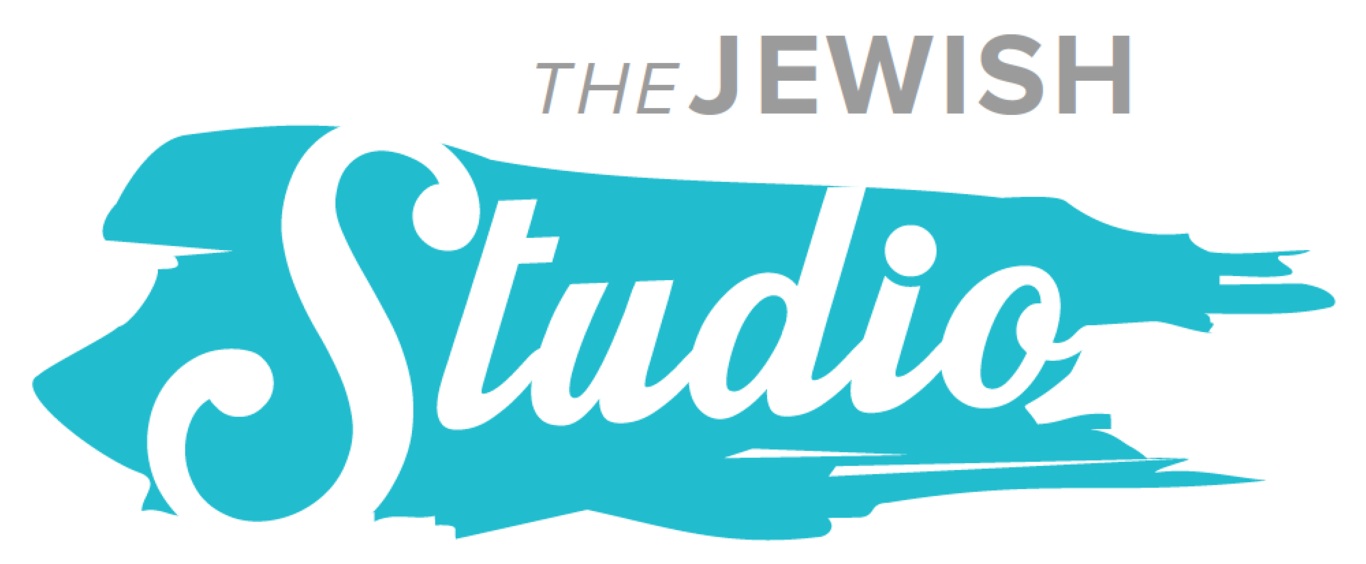Best Behavior
As I read this week’s portion, Ki Teitze, I kept thinking over and over again, “it’s not about you.” This portion has the most mitzvoth in any single portion and most of them have to do with how we interact with others within our families or communities. These are laws, that if followed, can elevate human existence and create strong communities.
The Torah portion is reminding us to look outward and care about others, to protect them and to feed them. Care about their dignity, even if they have done something wrong. Generally speaking, the Torah does not contain laws that weren’t in response to the behavior at the time. For instance, if people always made serious attempts to return a neighbor’s lost cow, there would be no need for a mitzvah requiring it. How is though, that 2500+ years later, children have the chant, “Finders keepers, losers weepers or “possession is 9/10 of the law?
There is also a law about putting a parapet around your roof to ensure that no one accidentally falls off the roof. At the time, houses had flat roofs which were often used much like a patio or deck might be today. This law reminds me of the laws concerning locked fences around swimming pools today. In both situations it seems like a such an obvious thing to do, why would it need to be a law – in either situation? Both of these situations are protecting others from unnecessary preventable harm. It is not only the other person’s responsibility to be careful, but also ours to watch out for their safety.
The laws of “Peah and Leket” – leaving the corners of the field unharvested are repeated in this portion. In an agricultural society, not taking one’s full harvest but leaving it to be gleaned by the poor is an important act of generosity. It is not only providing necessary sustenance, but provides the gleaner with the dignity of providing for him/herself.
The portion closes, or culminates, with the reminder of how Amalek attacked the Israelites from behind. To many Jews, Amalek is the name of any enemy who wants to destroy us whether it is Haman in the Purim story or Hitler. The focus is on “our enemy.” But it is important to pay attention to the details of Amalek’s attack. Having no fear/awe of God, they attacked the stragglers at the back of the group. Amalek represents the opposite of what the laws in this portion are trying to instill as the way we should always behave – caring for the vulnerable, not attacking them. Amalek is not only our eternal enemy, but our internal enemy as well.
As we approach the Yamim Noraim, the High Holy Days, it is an appropriate time to review how we operate in this world. Do we look out for and provide for the needs of others? Do we treat all human beings with respect and dignity? Do we try to bring harmony and justice into our interactions with others? We don’t have to wait for Rosh Hashanah to return to living our lives to be best version of ourselves that we can be.
R’ JoHanna Potts






 Evan J. Krame was ordained as a rabbi by the
Evan J. Krame was ordained as a rabbi by the